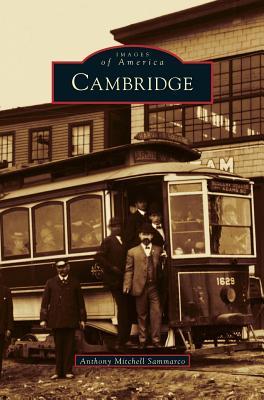
Cambridge a cosmopolitan flavor, but the town retained its open farmland and its well-known fisheries along the Charles and Alewife Rivers for nearly two centuries. By the early nineteenth century Cambridge saw tremendous development, with industrial concerns in Cambridgeport. New residents swelled Cambridge's population so much that it became a city in 1846. These changes, which included horse-drawn streetcars and, later, the Elevated Railway that is today known as the Red Line, made Cambridge a place of convenient residence. With the large-scale development in the late nineteenth century, Cambridge became a thriving nexus of cultural diversity.
Cambridge a cosmopolitan flavor, but the town retained its open farmland and its well-known fisheries along the Charles and Alewife Rivers for nearly two centuries. By the early nineteenth century Cambridge saw tremendous development, with industrial concerns in Cambridgeport. New residents swelled Cambridge's population so much that it became a city in 1846. These changes, which included horse-drawn streetcars and, later, the Elevated Railway that is today known as the Red Line, made Cambridge a place of convenient residence. With the large-scale development in the late nineteenth century, Cambridge became a thriving nexus of cultural diversity.
Hardcover
$39.99